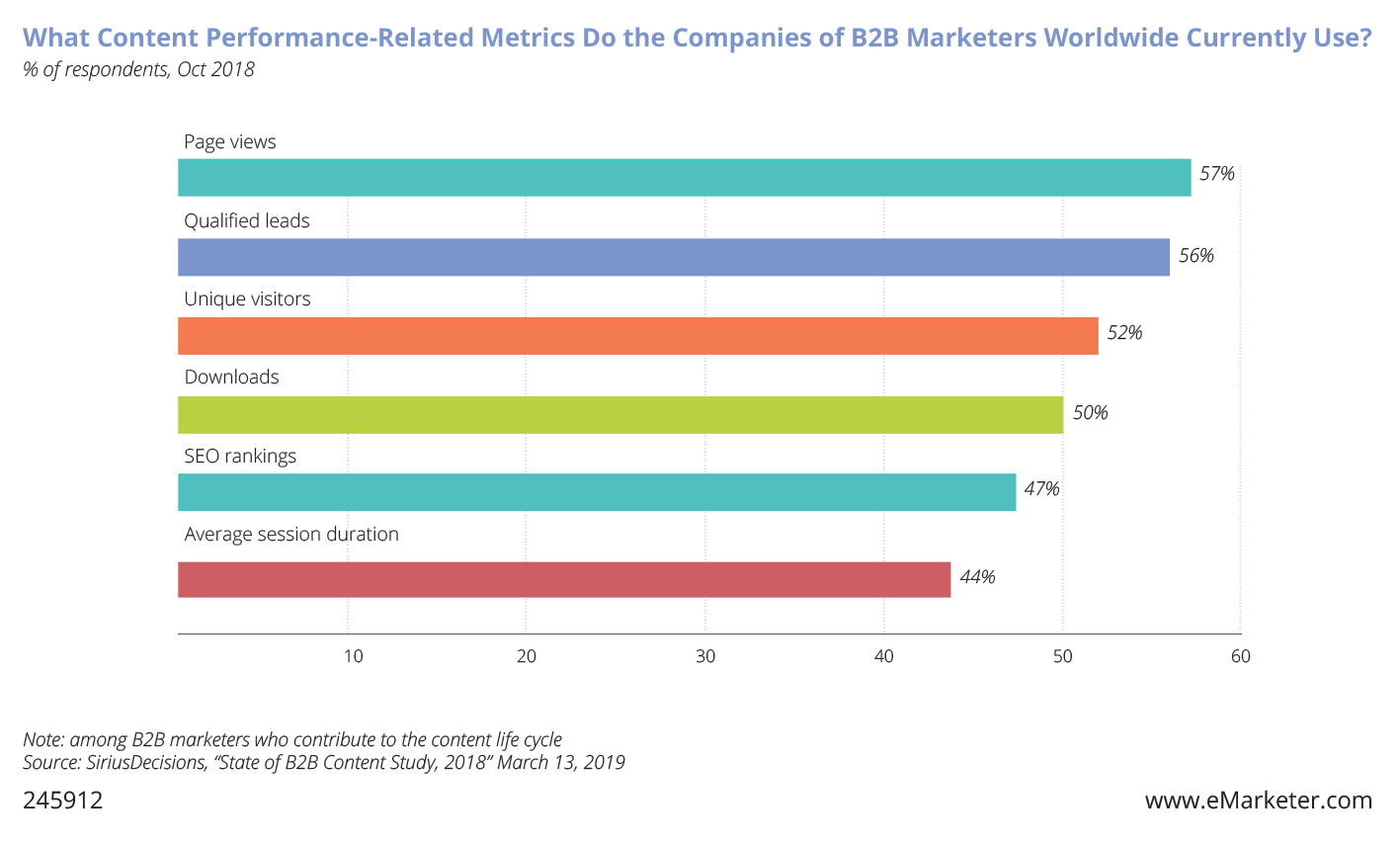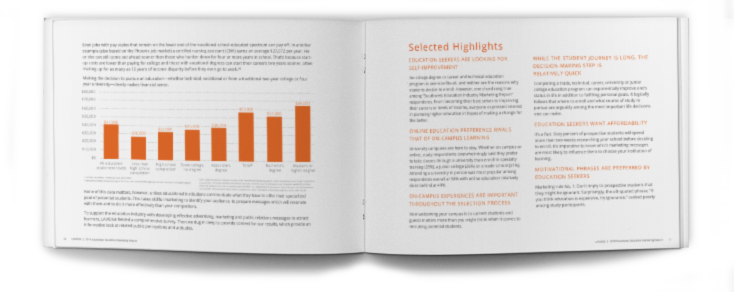Sign up for our LAVY email
and get our bi-monthly newsletter.
We’ve heard it all before. Knowing the who, what, why and how are key to beginning any communications class assignment. At its core, the three Ws and an H are what content strategy boils down to—regardless of the desired audience or format.
As we take a look at them through the lens of creating content to market to potential students or faculty, let’s reframe things to include the Four Ps, namely planning, production, promotion and potential pitfalls.
Every successful project begins with a plan. This includes setting goals, identifying your audience and identifying the most appropriate messages.
For starters, ask yourself:
This will help you set meaningful goals to set your campaign firmly in the right direction.
Next, clarify your target audience:
Now that you know why you are creating content and for whom, it’s time zero in the messages that will lead to the desired actions you want recipients to take and how you will know when a conversion has taken place.
Ask the following:
Once you have addressed these matters you’ll be ready to move your plan into production.
Implementing your content creation strategy requires developing a plan to have written and visual creative elements developed, including an approval process.
 Plot each step on a content calendar. Be specific as to when you are going to create content, when you are going to optimize it and how it will move through your workflow.
Plot each step on a content calendar. Be specific as to when you are going to create content, when you are going to optimize it and how it will move through your workflow.
As part of the editing and quality control steps, ensure that the content is engaging and hyper-targeted toward your audience before it moves forward into the wild.
It’s important to collaborate with thought-leaders or experts when creating content, especially in higher education.
On the other side of creating content for student lead-generation campaigns, make sure content for them is focused through that audience’s perspective. Make sure your content is hyper-targeted toward each audience. You want to think like the consumer, not like someone who is wrapped up in the campaign every day.
You’ve worked so hard to create engaging, meaningful content but it won’t matter if no one sees it.
As simple as it sounds, it’s important to place your content where your target audience will see it. Also, determine which content should be published on your site. You don’t want site visitors to have to search the internet for basic information they desire and need.
Keep in mind that during your planning stage you should have pre-determined how you were going to promote your content before it was ever created. At this stage, by going live, you are simply following through on bringing your content to the world.
Content isn’t meant to be created as a one-size-fits-all solution. Yet, we see it over and over again where people are using the same content for different channels.
Instead, make sure your content is optimized for each type of distribution channel from outdoor to social media.
Content targeting needs to be broken down even further within media types, such as social between media platforms. What works on Twitter isn’t necessarily going to perform well on Instagram, and what works well for Insta stories isn’t always the best choice for your IG feed. Plan accordingly. Keeping up with ever-changing best practices for Facebook, LinkedIn and other platforms—and appropriately tailoring content for each one— is essential.
Remember, content doesn’t only refer to words. If you know your audience and have mastered your message you will understand what types of content they are looking for such as images, videos and podcasts. Make sure the type of content you develop aligns with your audience’s expectations. This includes frequency, which again, should be determined in the planning stage. It also depends on the channel. A text-based blog, videos and podcasts do not all need to be produced at the same intervals.
Also, be agile. You need to be able to adapt when unforeseen issues arise. When you plan to publish a bi-monthly video, for example, and something out of your control happens you need to be flexible enough that your strategy can be altered on the fly. Things happen, and you need to be able to pivot. In short, if whatever’s going on is important you need to stay flexible and be willing to go with the flow.
Speaking of being agile, it’s important to pay attention to current events. If something happens in the news that affects submissions to your MBA program, look for ways you can benefit from the public conversation.
When news of the college admissions “Varsity Blues” scandal broke, for example, an excellent strategy would be to tweak your message to focus on integrity. Doing so can reassure potential students and their parents that you can be trusted at a time when the education industry’s admissions process was taking a huge public relations hit.
When you're ready to create or upgrade your content, LAVIDGE can help. Our Phoenix-based education content agency has worked with schools ranging from K-12 to four-year universities, community colleges, professional certification providers and everything in between. We can help you too.
To learn more, give us a call at 480.998.2600 or send email to info@lavidge.com.


This article is a brief abstract of our exclusive and authoritative study that takes the guesswork out of education advertising and marketing. Rather than speculating about what will drive students to action, we've asked them.
Sign up for our LAVY email
and get our bi-monthly newsletter.